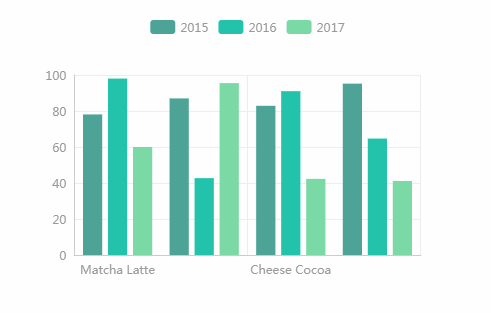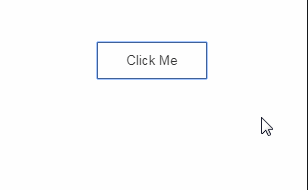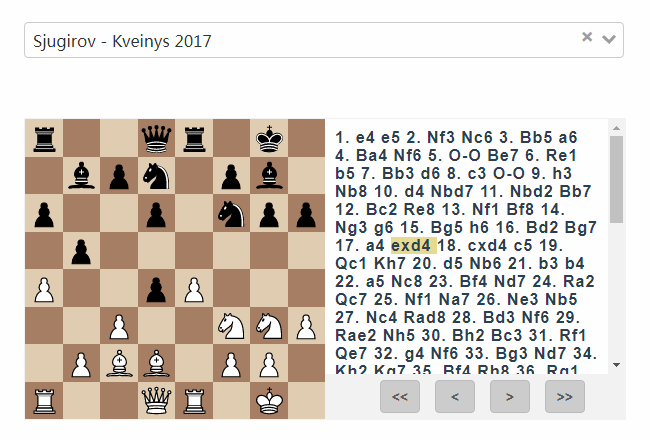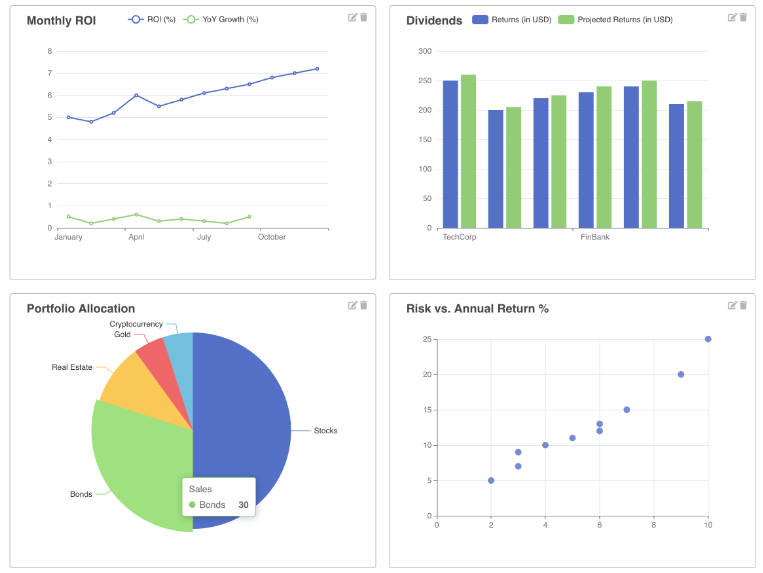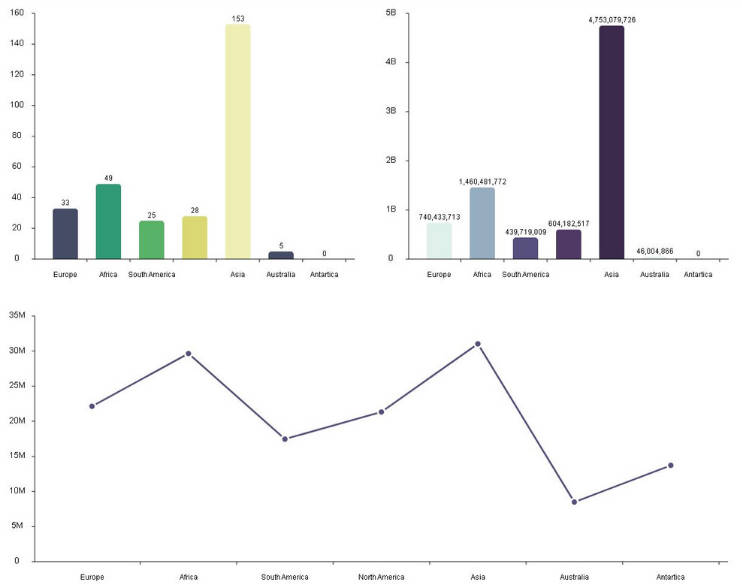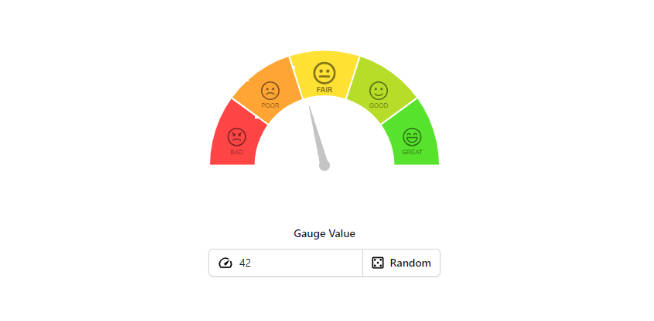Vue-ECharts
ECharts component for Vue.js.
Built upon ECharts v4.0.1+ and depends on Vue.js v2.2.6+.
Installation
npm (Recommended)
$ npm install vue-echarts
Manual
Just download dist/vue-echarts.js and include it in your HTML file:
<script src="path/to/vue-echarts/dist/vue-echarts.js"></script>
Usage
ES Modules with npm & vue-loader (Recommended)
import Vue from 'vue'
import ECharts from 'vue-echarts/components/ECharts'
// import ECharts modules manually to reduce bundle size
import 'echarts/lib/chart/bar'
import 'echarts/lib/component/tooltip'
// register component to use
Vue.component('chart', ECharts)
⚠️ Heads up
Importing the souce version
If you are using vue-cli to create your project and you want to use the untranspiled component (import vue-echarts/components/ECharts rather than import vue-echarts directly, to optimize bundle size, which is recommended), Vue's webpack template may exclude node_modules from files to be transpiled by Babel. To fix this problem, try change build/webpack.base.conf.js like this:
{
test: /\.js$/,
loader: 'babel-loader',
- include: [resolve('src'), resolve('test')]
+ include: [
+ resolve('src'),
+ resolve('test'),
+ resolve('node_modules/vue-echarts'),
+ resolve('node_modules/resize-detector')
+ ]
}
If you are using bare webpack config, just do similar modifications make it work.
CommonJS with npm
var Vue = require('vue')
// requiring the UMD module
var ECharts = require('vue-echarts')
// or with vue-loader you can require the src directly
// and import ECharts modules manually to reduce bundle size
var ECharts = require('vue-echarts/components/ECharts')
require('echarts/lib/chart/bar')
require('echarts/lib/component/tooltip')
// register component to use
AMD
require.config({
paths: {
'vue': 'path/to/vue',
'vue-echarts': 'path/to/vue-ehcarts'
}
})
require(['vue', 'vue-echarts'], function (Vue, ECharts) {
// register component to use...
Vue.component('chart', ECharts)
})
Global variable
The component is exposed as window.VueECharts.
// register component to use
Vue.component('chart', VueECharts)
Using the component
<template>
<chart :options="polar"></chart>
</template>
<style>
.echarts {
height: 300px;
}
</style>
<script>
export default {
data: function () {
let data = []
for (let i = 0; i <= 360; i++) {
let t = i / 180 * Math.PI
let r = Math.sin(2 * t) * Math.cos(2 * t)
data.push([r, i])
}
return {
polar: {
title: {
text: '极坐标双数值轴'
},
legend: {
data: ['line']
},
polar: {
center: ['50%', '54%']
},
tooltip: {
trigger: 'axis',
axisPointer: {
type: 'cross'
}
},
angleAxis: {
type: 'value',
startAngle: 0
},
radiusAxis: {
min: 0
},
series: [
{
coordinateSystem: 'polar',
name: 'line',
type: 'line',
showSymbol: false,
data: data
}
],
animationDuration: 2000
}
}
}
}
</script>
See more examples here.
Props (all reactive)
-
initOptionsUsed to initialize ECharts instance.
-
themeThe theme used for current ECharts instance.
-
optionsUsed to update data for ECharts instance. Modifying this prop will trigger ECharts'
setOptionmethod. -
groupThis prop is automatically bound to the same prop of the ECharts instance.
-
auto-resize(default:false)This prop indicates ECharts instance should be resized automatically whenever its root is resized.
-
watchShallow(default:false)This prop is used to turn off the default deep watch for
optionsprop. For charts with large amount of data, you may need to set this prop so that Vue only watches theoptionsprop itself instead of watching all its properties inside. To trigger the rerender of the chart, you have to change the root reference tooptionsprop itself, or you can manually manage data via themergeOptionsmethod (chart data won't be synchronized withoptionsprop when doing this).
Computed
-
width[readonly]Used to retrieve the current width of the ECharts instance.
-
height[readonly]Used to retrieve the current height of the ECharts instance.
-
computedOptions[readonly]Used to retrive the actual options calculated by ECharts after updating
options.
Methods
-
mergeOptions(usesetOptionin ECharts under the hood)Provides a better method name to describe the actual behavior of
setOption. -
appendData -
resize -
dispatchAction -
showLoading -
hideLoading -
convertToPixel -
convertFromPixel -
containPixel -
getDataURL -
getConnectedDataURL -
clear -
dispose
Static Methods
connectdisconnectregisterMapregisterTheme
Events
Vue-ECharts support the following events:
legendselectchangedlegendselectedlegendunselecteddatazoomdatarangeselectedtimelinechangedtimelineplaychangedrestoredataviewchangedmagictypechangedgeoselectchangedgeoselectedgeounselectedpieselectchangedpieselectedpieunselectedmapselectchangedmapselectedmapunselectedaxisareaselectedfocusnodeadjacencyunfocusnodeadjacencybrushbrushselected- Mouse events
clickdblclickmouseovermouseoutmousedownmouseupglobalout
For further details, see ECharts' API documentation.
Local development
$ npm i
$ npm run dev
Open http://localhost:8080/demo to see the demo.
